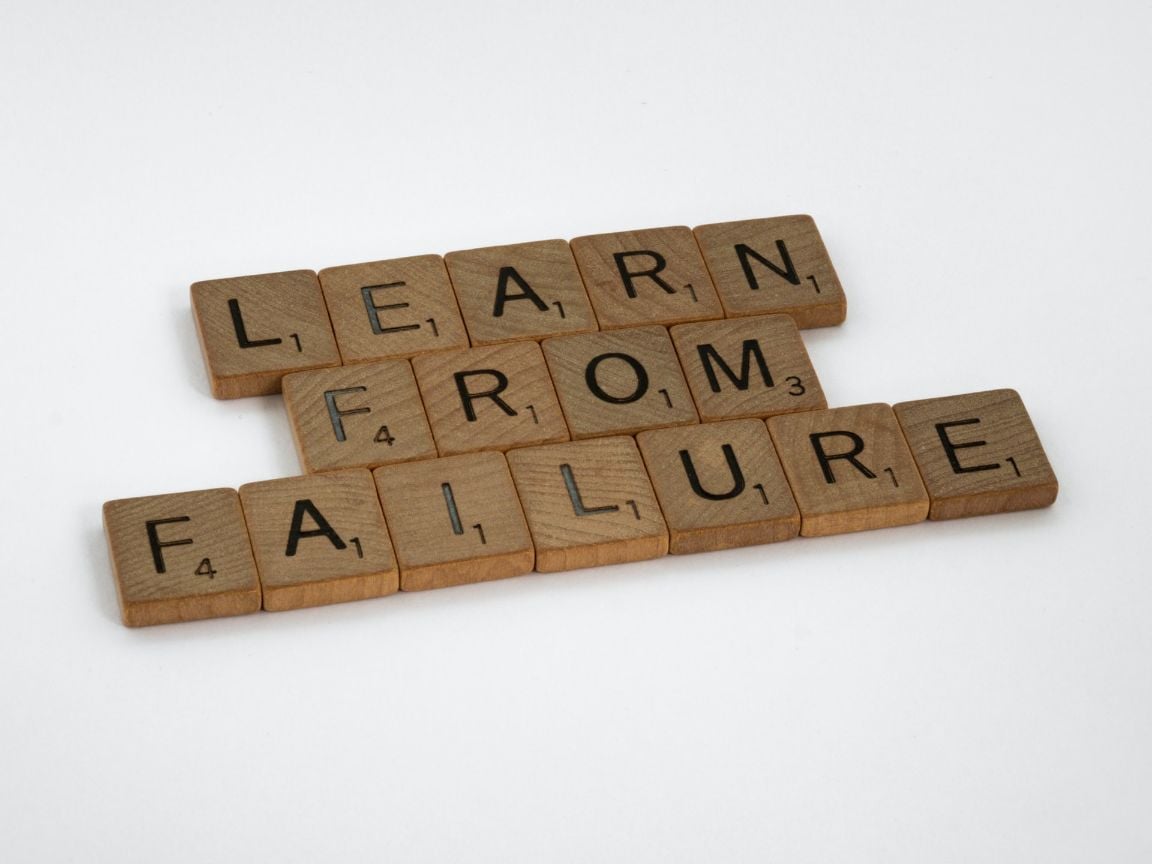
ERP Implementation Failure Recovery
The failure of an enterprise resource planning (ERP) implementation can be a devastating experience for a business–you have to sort out the financial consequences, and your reputation may also be on the line.
If you have to deal with an ERP implementation failure, don't worry—there is hope. Here are some steps to help you after an implementation failure. If you don’t want to attempt a recovery and would rather move to another ERP platform altogether, consider SAP ERP Solutions delivered by Navigator Business Solutions.
How can your business successfully recover from a failed ERP implementation?
Below we've created a few steps to follow in order to rebound from a failed ERP implementation:
Step 1: Create an ERP Team
If you don't already have a dedicated ERP implementation team, now is the time to create one. This team should also be responsible for overseeing the entire recovery process. Ideally, the team should be led by a senior executive who has the authority to make decisions and allocate resources quickly. The primary goal of ERP implementation failure recovery is to salvage the project—and that may require rapidly making decisions.
The recovery team should also include representatives from all of the departments affected by the failure. This is important because you will need to gather input from stakeholders to create a plan that everyone will buy into.
Step 2: Define the Scope of the Problem
The second step in any recovery process is to identify the scope of the problem. In other words, you need to figure out exactly what went wrong and why. This can be a difficult process, but it's essential to ensure that the same mistakes are not repeated.
There are several ways to go about this. One option is to create a post-mortem analysis that details the entire history of the project from start to finish–this document should include a timeline of events, as well as feedback from all stakeholders. Another option is to conduct interviews with key stakeholders, which will help you gather more detailed information about what happened and how it contributed to the failure of the system implementation.
An ERP implementation failure can be caused by a wide range of factors, so it's important to take the time to understand the challenges of implementing ERP in a midsize business and then identify the root cause of the problem in your particular case. Only then can you develop a plan to efficiently address it.
Step 3: Engage Your ERP Provider
Your ERP provider should be your partner in the implementation and recovery process—after all, they have a vested interest in the project's success. It might be helpful to schedule a meeting with your provider to discuss the situation. This is an opportunity to air any grievances and to find out what the provider is willing to do to help.
In some cases, the ERP provider an project team may be willing to send additional resources to assist with the recovery process. In other cases, they may be willing to provide financial assistance. Either way, it's important to engage with your provider and find out what they are willing to do.
It’s also important to choose the right ERP consultants in the first place so you can get continuous support after your purchase. For example, there are ERP systems designed for specific industries.
Step 4: Create a Budget for Recovery
The cost of an ERP implementation failure can be significant. In addition to the direct costs associated with the project, there are also indirect costs, such as the opportunity cost of lost sales. As such, it's important to create a budget and be prepared for the recovery process.
This budget should include all the initial costs associated with the project, as well as any additional expenses you incur as a result of the failure. Once you have a budget in place, you can start to look for ways to save money. For example, you may be able to negotiate discounts with your ERP provider or other vendors; you may also be able to find less expensive alternatives to some of the products and services you need.
Step 5: Be Transparent With Employees
Once you created a recovery team, are engaged with your ERP provider, and established a budget, it's time to start fixing the problems causing the failure. The actions that need to be taken to fix these problems will depend on the root cause of the failure.
Before you start making changes, though, it's important to inform your employees about what is happening. This is a difficult time for everyone, and it's important to ensure that your employees are on board with the recovery process.
If possible, involve your employees in the decision-making process. This will help to get their support and buy-in to the changes that need to be made so that an implementation failure does not happen again.
How does an SAP Partner help?
Navigator Business Solutions can help you regroup, reconfigure, and get your system and your people working in the system the way ERP was meant to support your organization. Our consultants are more than system certified they bring business expertise along with in-depth system knowledge. We will have your software and processes delivering the value you expect in no time. Learn more about our services.